What Design Can Do
Friday, July 5, 2024
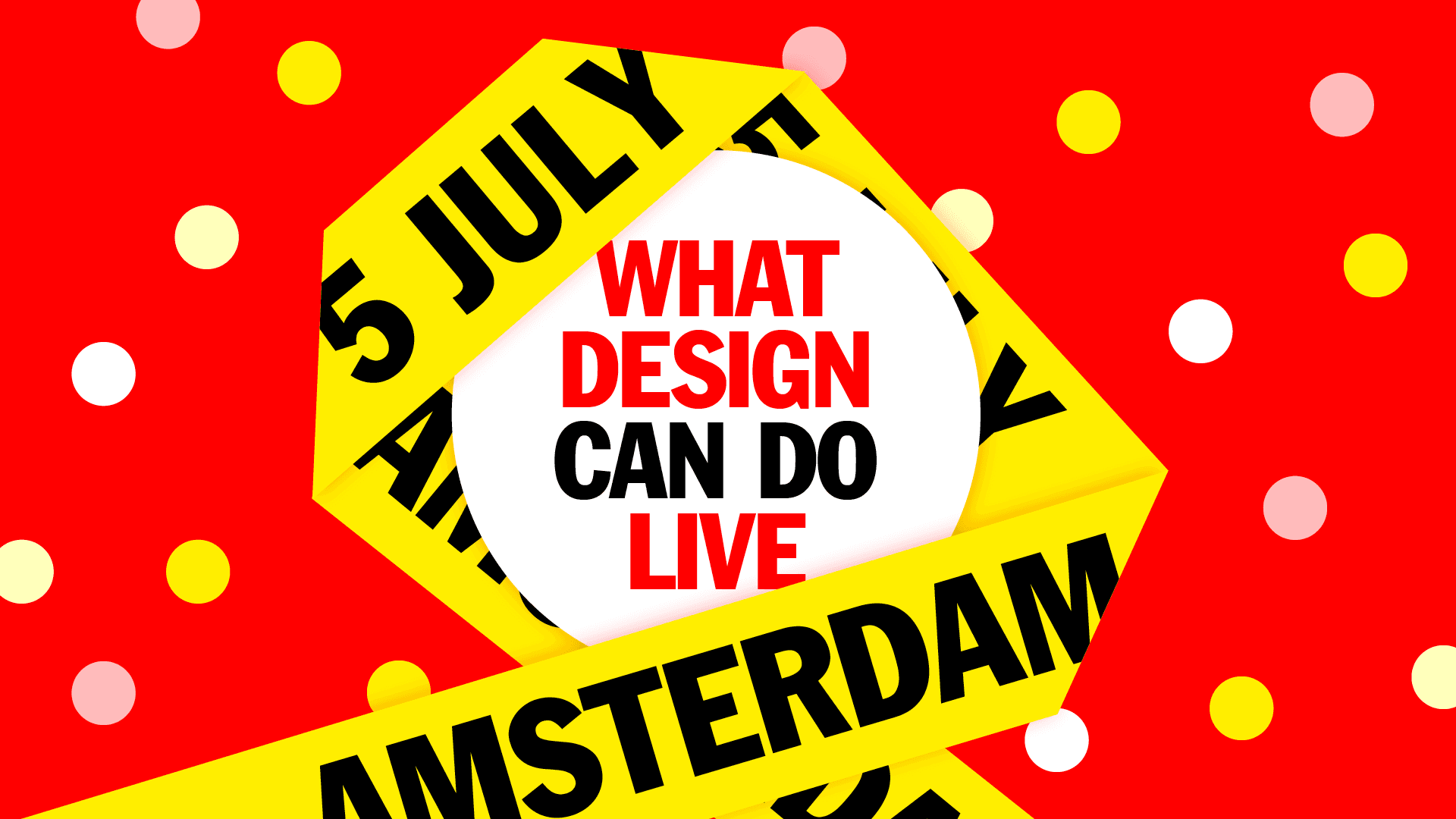



Last week, I attended the 12th edition of What Design Can Do Live in the beautiful Muziekgebouw in Amsterdam. This year’s theme, design and climate justice, promised a deep dive into how creativity can combat our planet’s biggest challenge. Here’s a look at some highlights and some things that left me wanting more.
Last week, I attended the 12th edition of What Design Can Do Live in the beautiful Muziekgebouw in Amsterdam. This year’s theme, design and climate justice, promised a deep dive into how creativity can combat our planet’s biggest challenge. Here’s a look at some highlights and some things that left me wanting more.
The Redesign Everything Challenge
The day kicked off with pitches from the winners of the Redesign Everything Challenge. These ingenious projects, each aiming to redesign a facet of our world for a more sustainable future, were the stars of the show. Three that particularly impressed me:
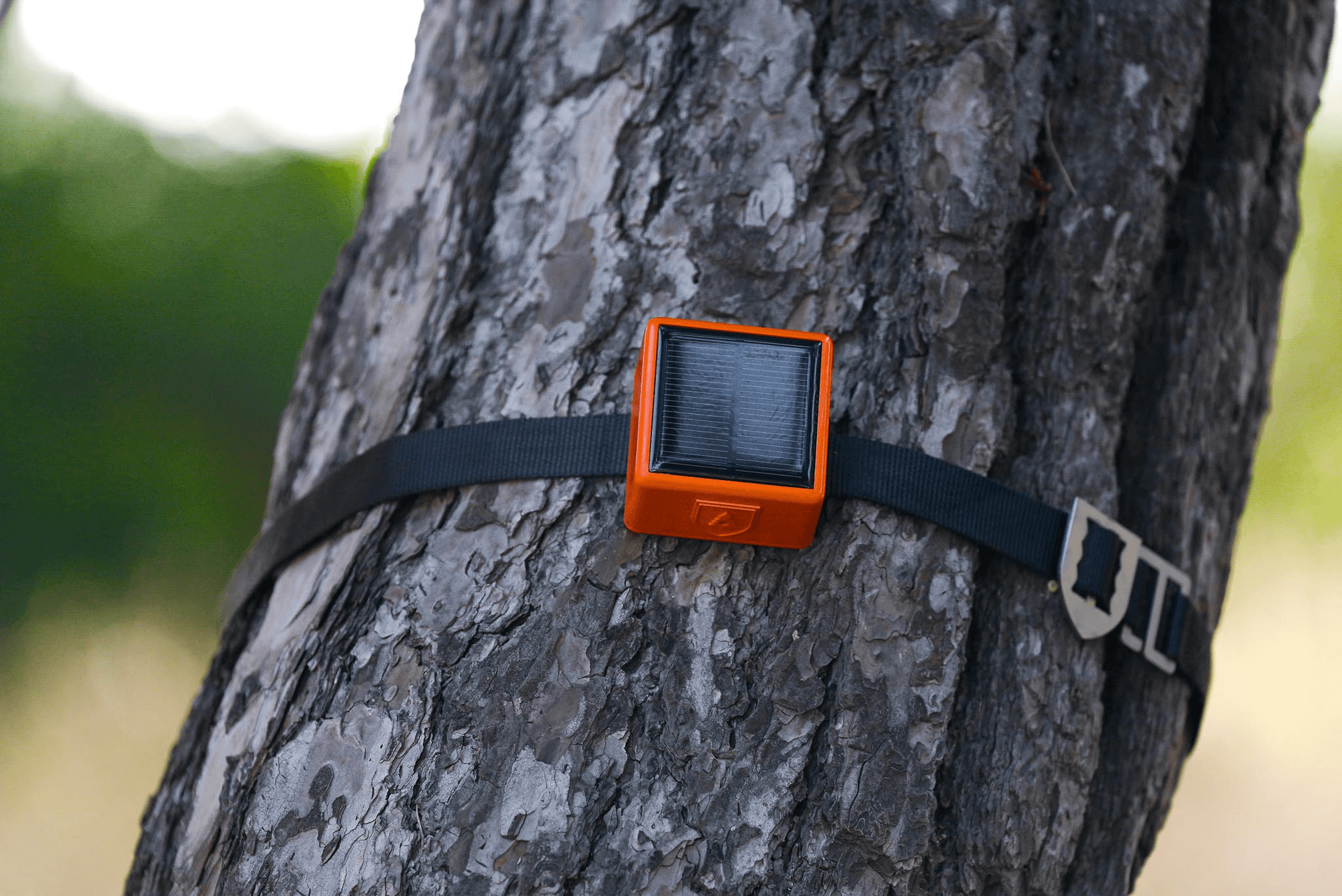
Forestguard
This project utilizes sensory monitors, IoT technology, and machine learning to detect forest fires at their earliest stage, potentially saving countless acres and lives.
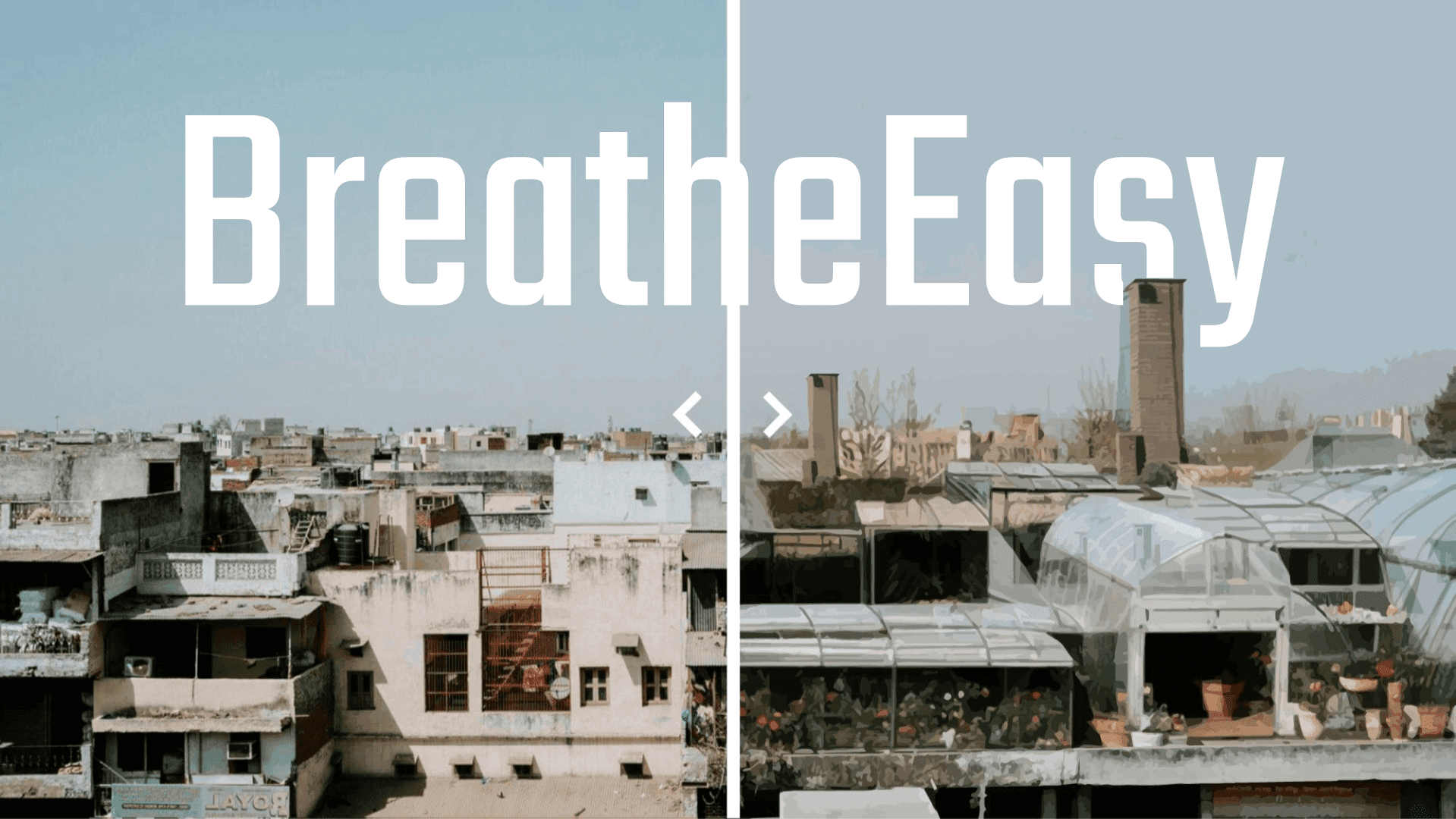
BreathEasy
This project tackles air pollution in Delhi homes by using forgotten building techniques like wind catchers and solar chimneys, offering a low-tech solution to a pressing issue.
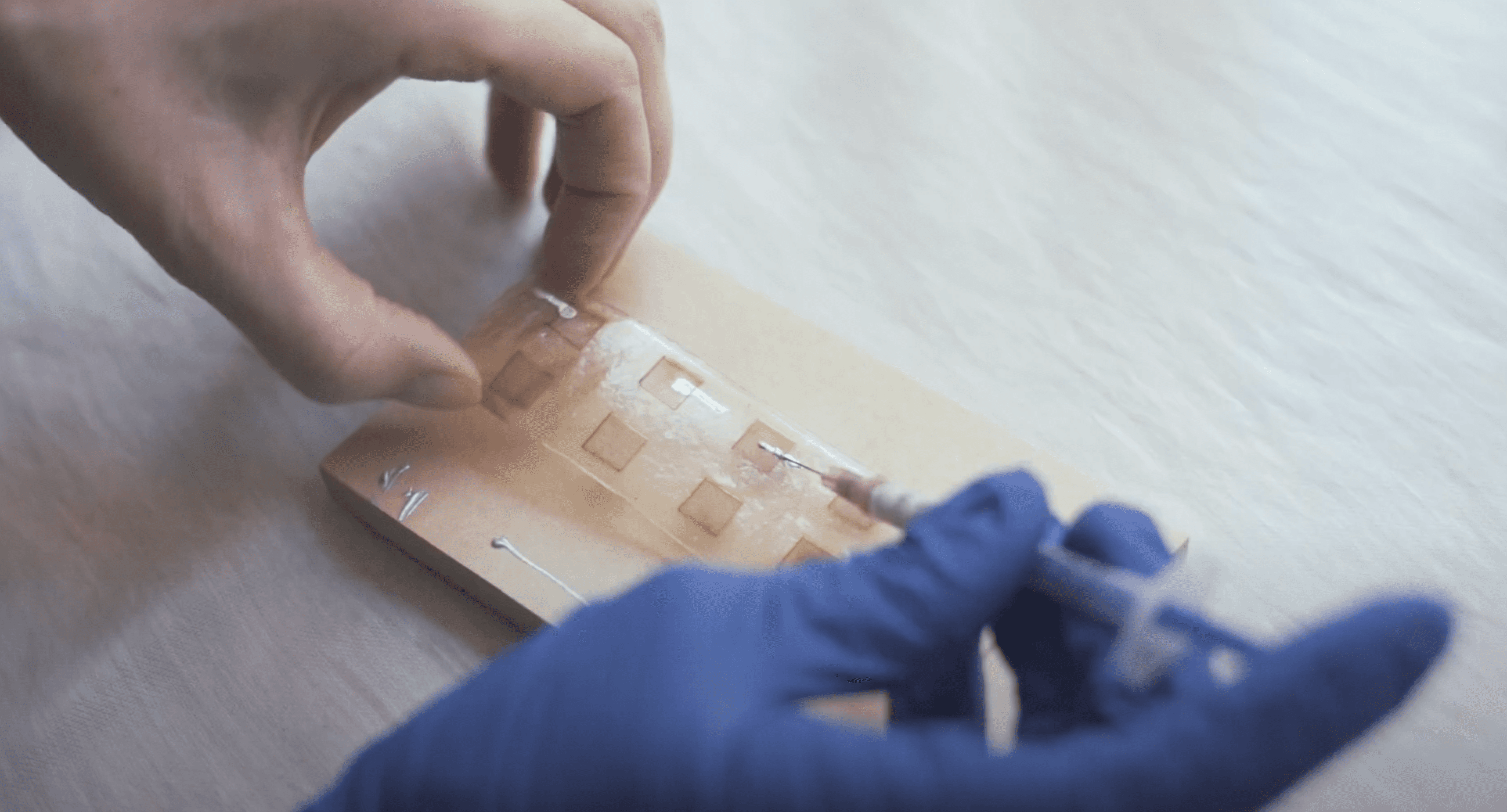
Electric Skin
This innovative concept proposes a biomaterial device that generates electricity using protein nanowires – a glimpse into a future powered by nature itself.
While these projects were undeniably impressive, the rapid-fire format left little room for discussion. With eleven winners showcasing their ideas in a short timeframe throughout the day, a deeper exploration of each project would have been valuable to me.
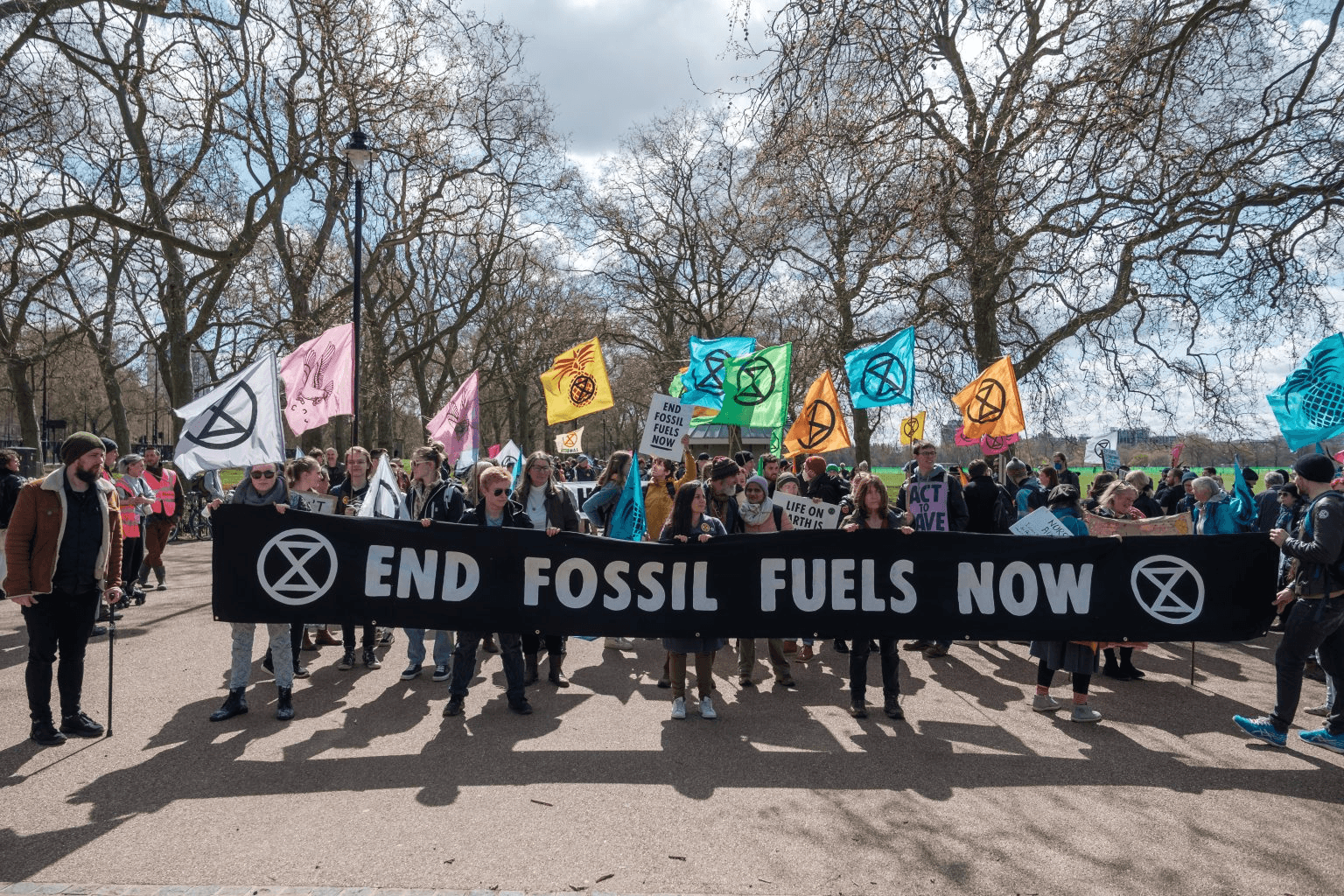
Designing climate justice
The afternoon brought me to a session titled “Narratives for Change: Designing Climate Justice.” I was expecting to delve into storytelling techniques and explore how design can shape powerful narratives. However, the session took a different turn.
Patagonia’s Creative Director offered his perspectives on their brand's storytelling approach. He explained that their stories have a distinct tone of voice, are long-form and authentic, something you can explore more of on their website.
Next, Clive Russell, designer for Extinction Rebellion, led the group in a collaborative storytelling exercise about a refugee arriving in a new land. Attendees were asked to contribute by talking about how they imagine a future they would want to embrace. And this was done while listening to live African drums. This exercise wasn't quite what I expected, I was hoping for more practical exercises and examples of how to effectively craft narratives that are accessible and impactful.

Edel Rodriguez
Next was a talk by renowned Cuban-American artist Edel Rodriguez. He talked about his journey from refugee to successful illustrator, known for his thought-provoking works in major publications. I remember seeing his iconic Trump illustrations a few years ago, a powerful reminder of the impact art can have.
Sharing the inspiration behind his work (including a Trump Piñata filled with Cheetos) and his graphic memoir, “Worm: A Cuban American Odyssey,” Rodriguez offered a captivating look at the potential of art to spark social change.
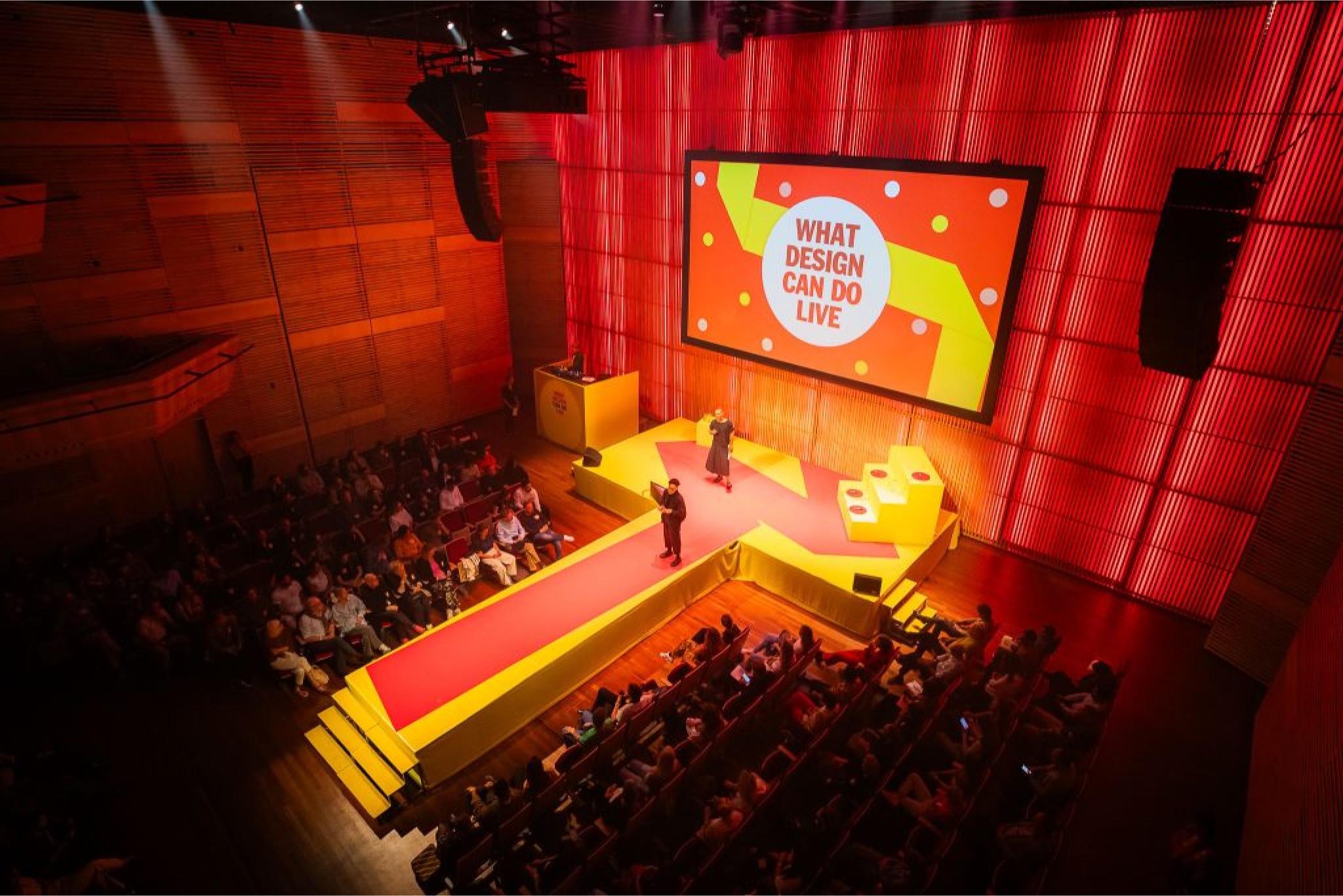
In conclusion
Overall, WDCD Live offered an extensive exploration of design’s role in tackling climate change. From fashion and architecture to healthcare and social justice, the topics spanned a vast array of industries. While showcasing design’s versatility, this breadth also made it challenging to connect with specific areas, especially for someone like me, a digital designer.
However, the event served as a valuable wake-up call, reminding me that the design world extends far beyond my digital bubble. Witnessing the sheer scope of design’s potential to create positive change was inspiring. While some aspects of the event left me wanting more, WDCD Live successfully reignited my passion for the transformative power of design.
The Redesign Everything Challenge
The day kicked off with pitches from the winners of the Redesign Everything Challenge. These ingenious projects, each aiming to redesign a facet of our world for a more sustainable future, were the stars of the show. Three that particularly impressed me:

Forestguard
This project utilizes sensory monitors, IoT technology, and machine learning to detect forest fires at their earliest stage, potentially saving countless acres and lives.

BreathEasy
This project tackles air pollution in Delhi homes by using forgotten building techniques like wind catchers and solar chimneys, offering a low-tech solution to a pressing issue.

Electric Skin
This innovative concept proposes a biomaterial device that generates electricity using protein nanowires – a glimpse into a future powered by nature itself.
While these projects were undeniably impressive, the rapid-fire format left little room for discussion. With eleven winners showcasing their ideas in a short timeframe throughout the day, a deeper exploration of each project would have been valuable to me.

Designing climate justice
The afternoon brought me to a session titled “Narratives for Change: Designing Climate Justice.” I was expecting to delve into storytelling techniques and explore how design can shape powerful narratives. However, the session took a different turn.
Patagonia’s Creative Director offered his perspectives on their brand's storytelling approach. He explained that their stories have a distinct tone of voice, are long-form and authentic, something you can explore more of on their website.
Next, Clive Russell, designer for Extinction Rebellion, led the group in a collaborative storytelling exercise about a refugee arriving in a new land. Attendees were asked to contribute by talking about how they imagine a future they would want to embrace. And this was done while listening to live African drums. This exercise wasn't quite what I expected, I was hoping for more practical exercises and examples of how to effectively craft narratives that are accessible and impactful.

Edel Rodriguez
Next was a talk by renowned Cuban-American artist Edel Rodriguez. He talked about his journey from refugee to successful illustrator, known for his thought-provoking works in major publications. I remember seeing his iconic Trump illustrations a few years ago, a powerful reminder of the impact art can have.
Sharing the inspiration behind his work (including a Trump Piñata filled with Cheetos) and his graphic memoir, “Worm: A Cuban American Odyssey,” Rodriguez offered a captivating look at the potential of art to spark social change.

In conclusion
Overall, WDCD Live offered an extensive exploration of design’s role in tackling climate change. From fashion and architecture to healthcare and social justice, the topics spanned a vast array of industries. While showcasing design’s versatility, this breadth also made it challenging to connect with specific areas, especially for someone like me, a digital designer.
However, the event served as a valuable wake-up call, reminding me that the design world extends far beyond my digital bubble. Witnessing the sheer scope of design’s potential to create positive change was inspiring. While some aspects of the event left me wanting more, WDCD Live successfully reignited my passion for the transformative power of design.